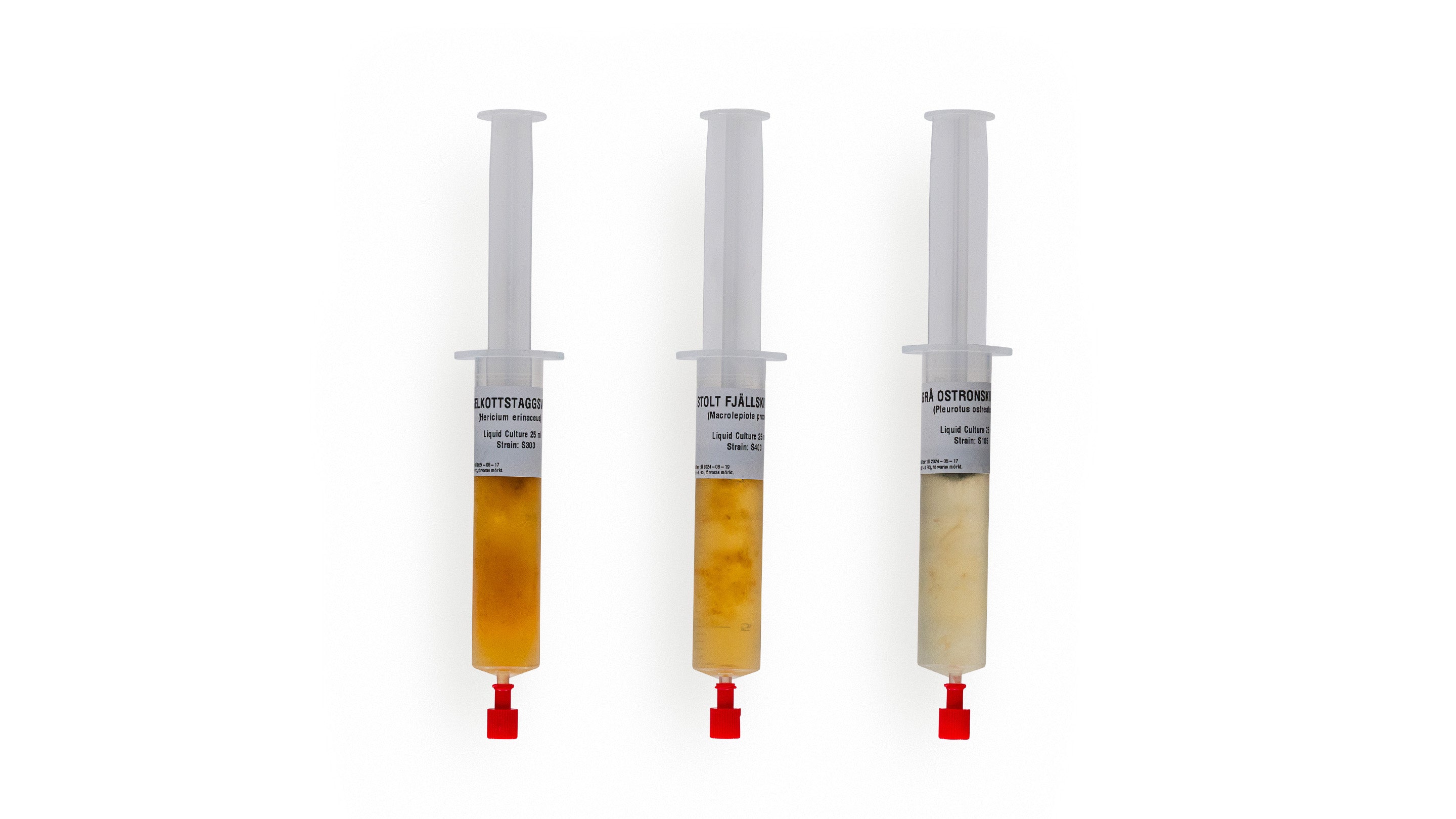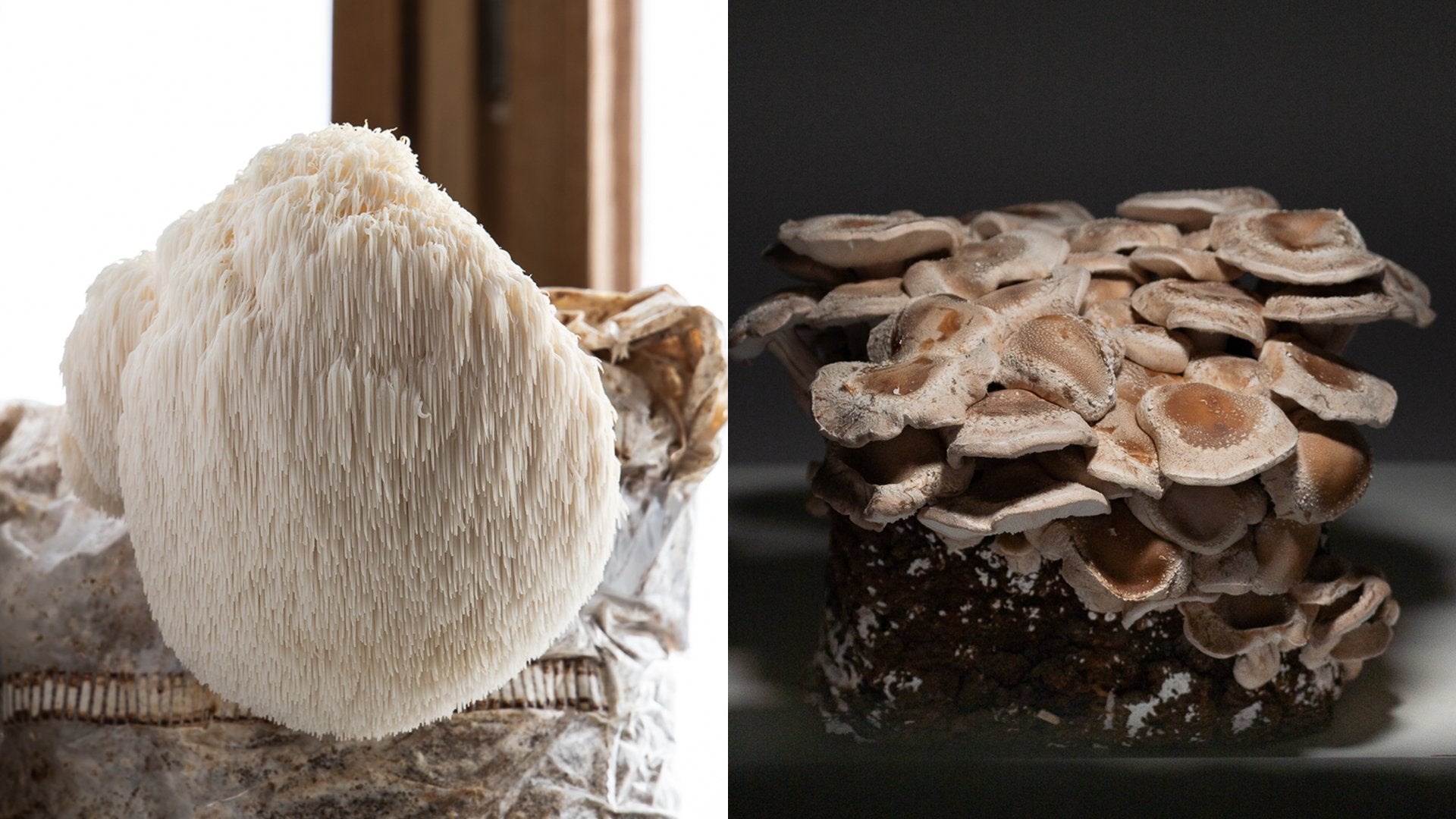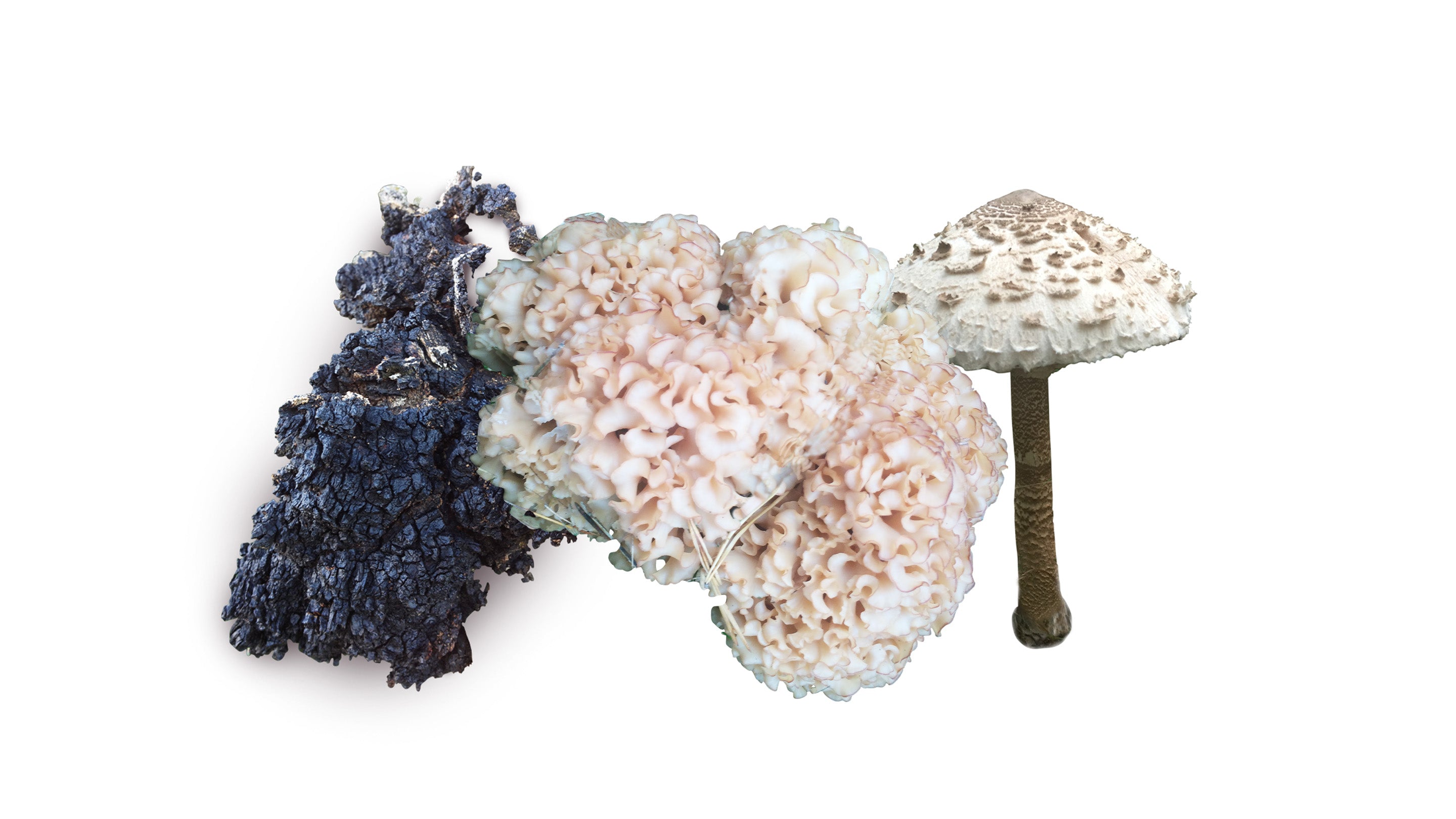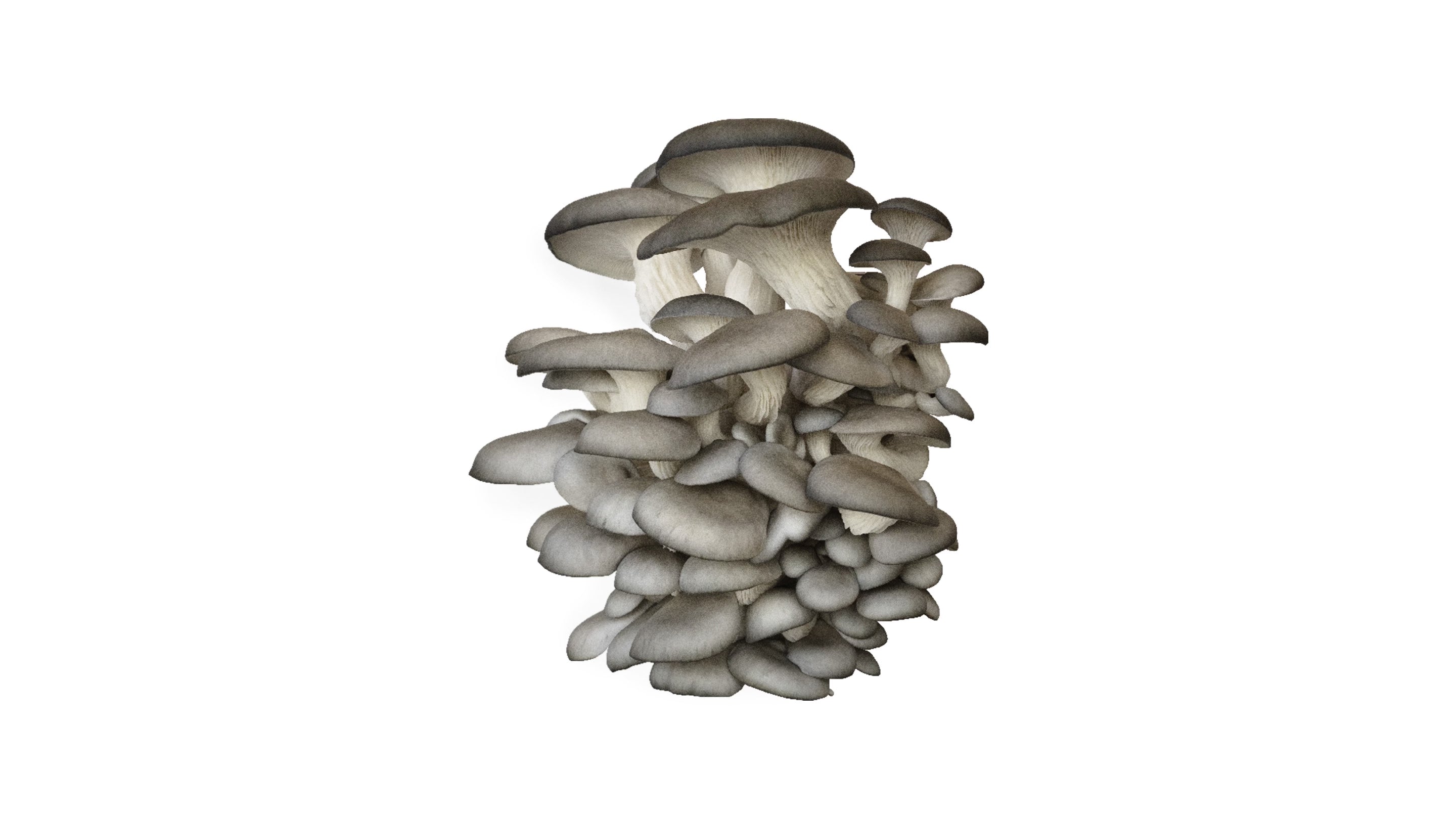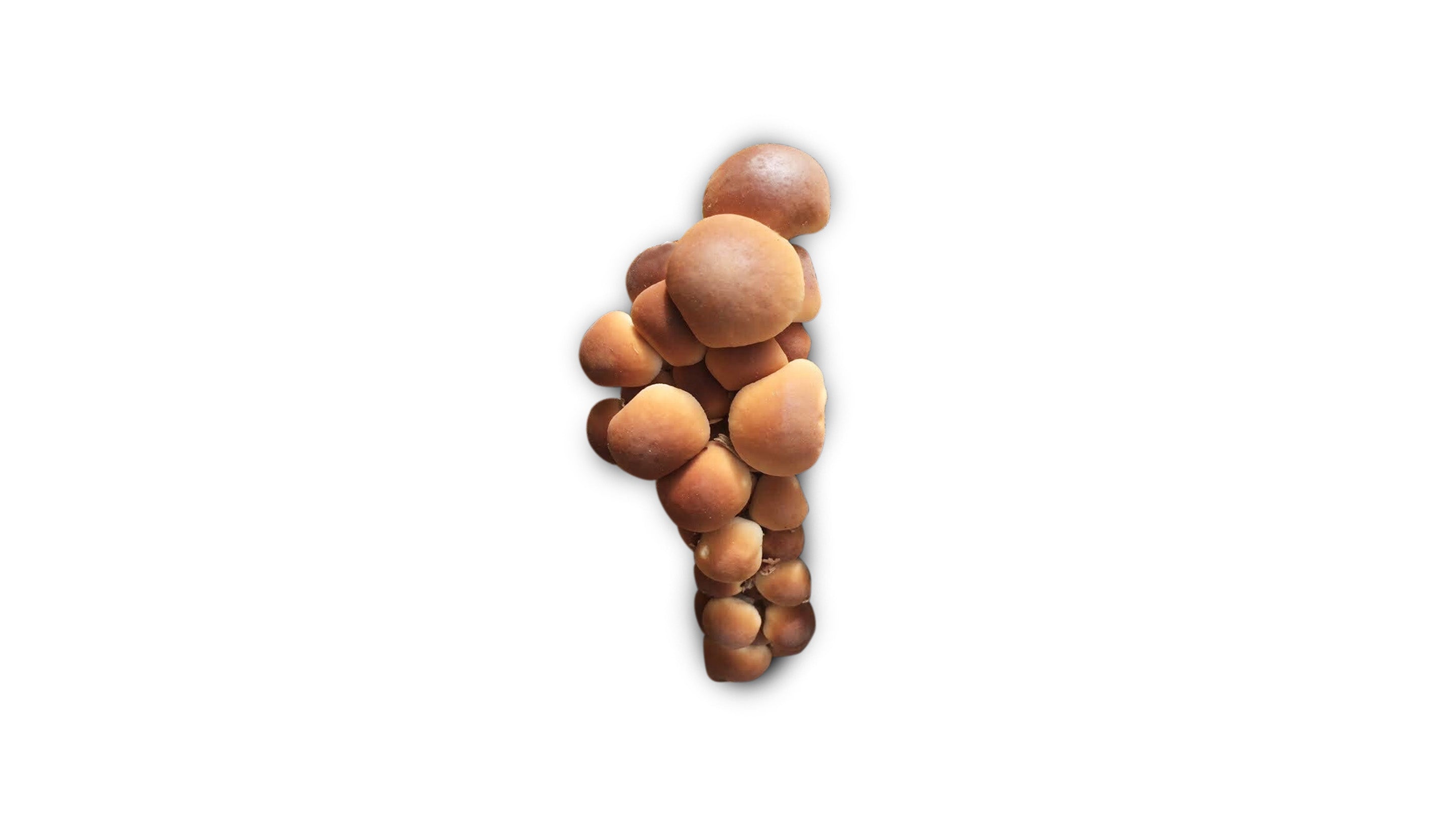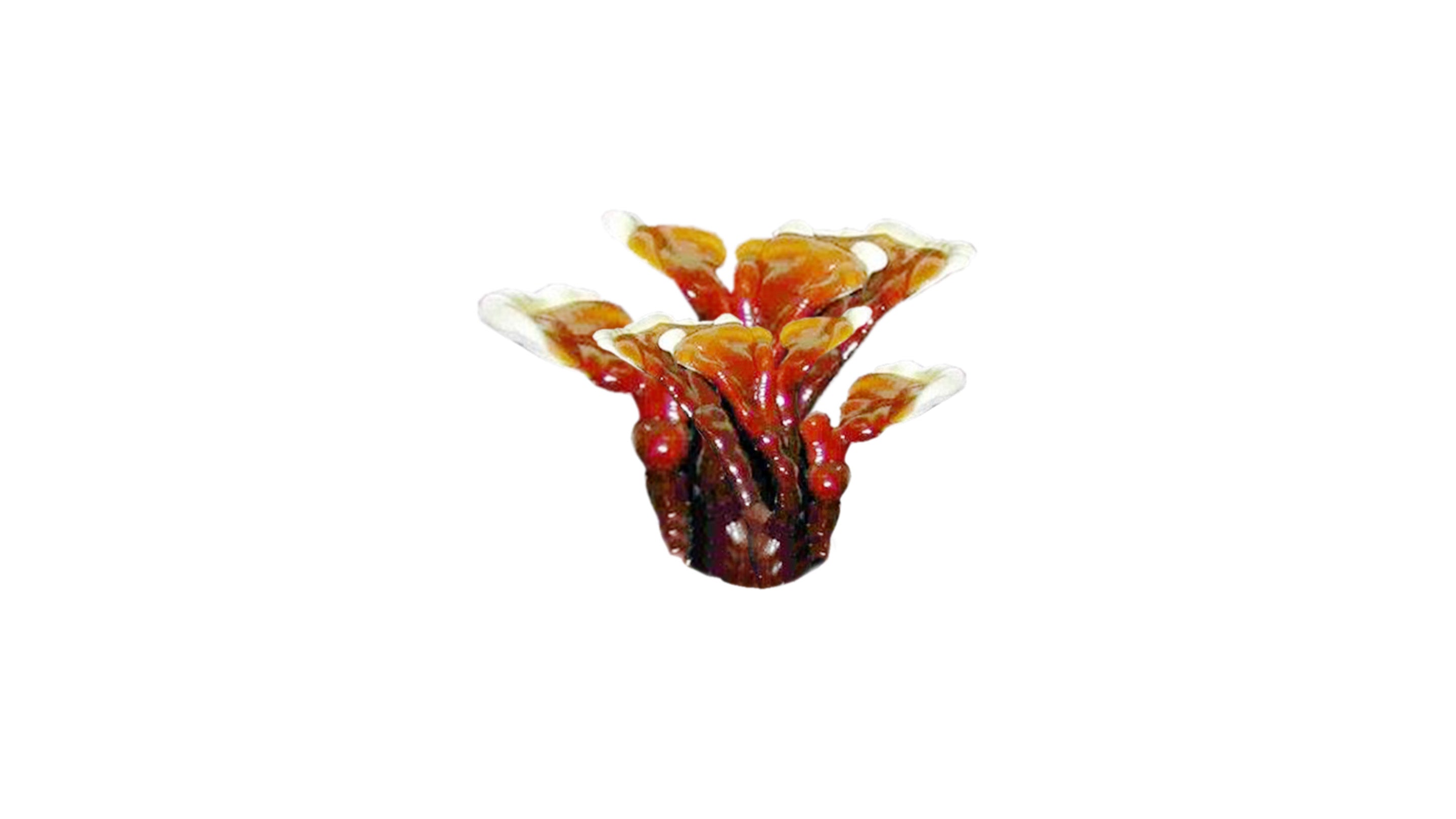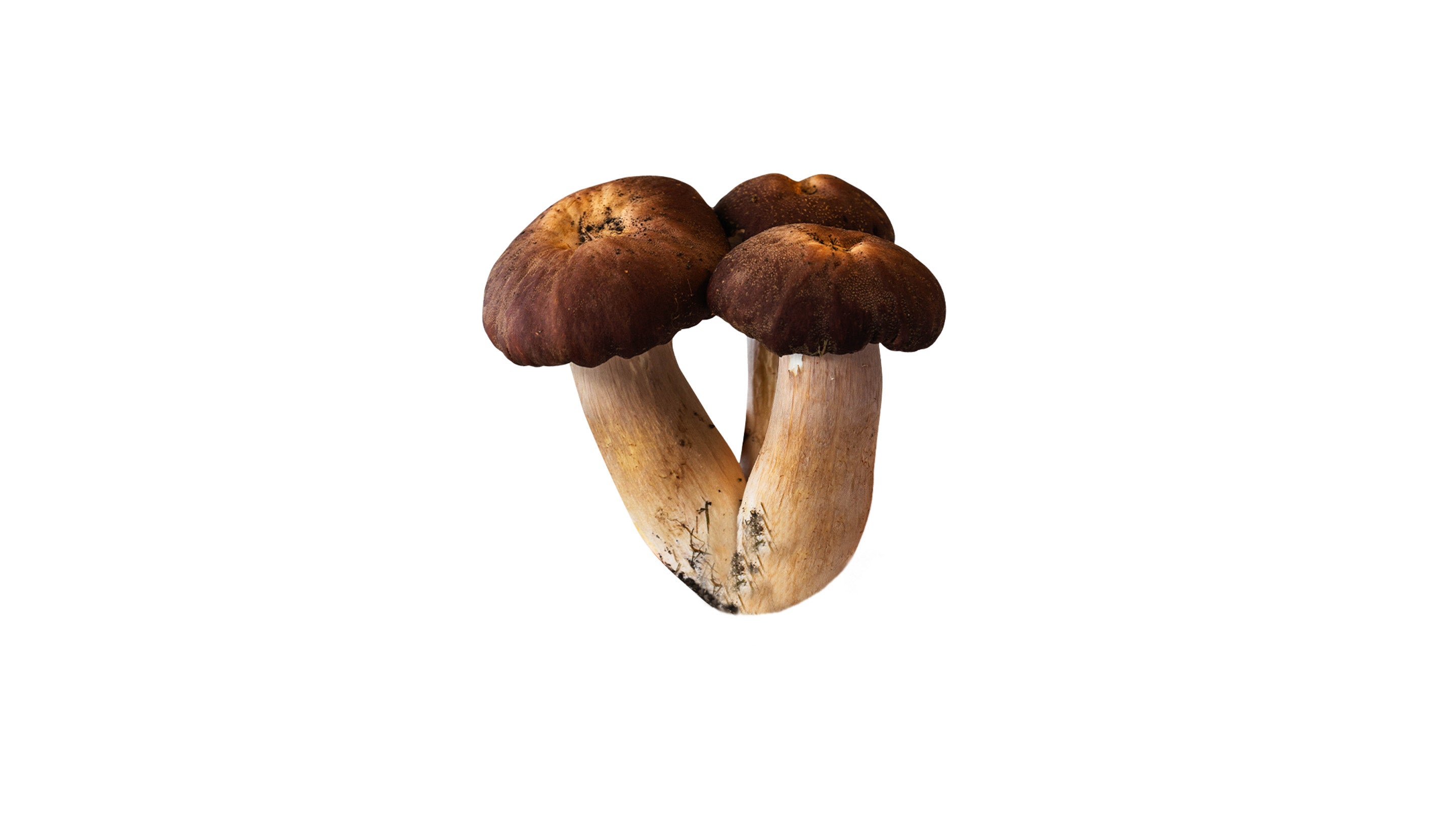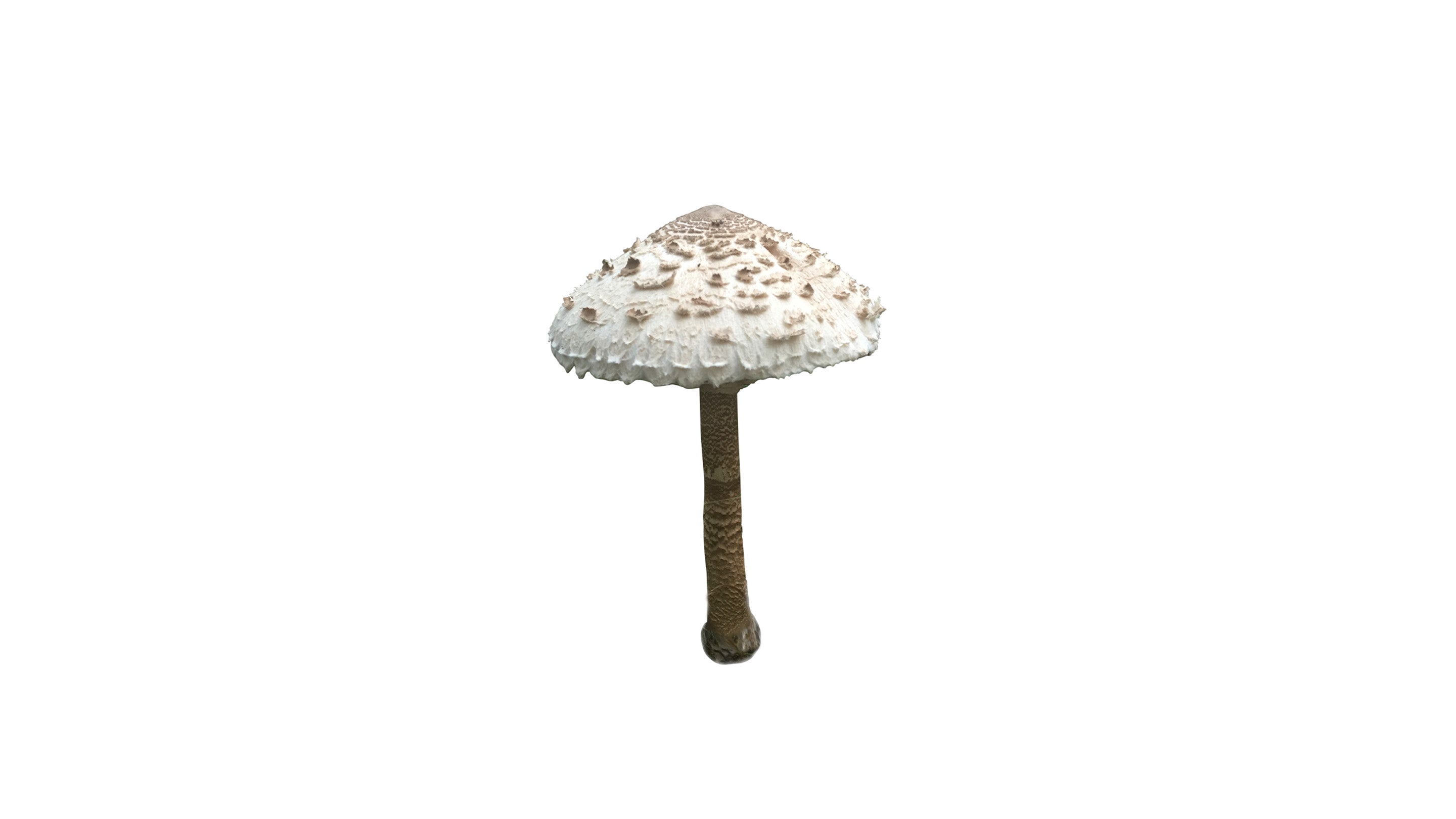Parasol mushroom - Grain Spawn 1 kg (Macrolepiota procera)
- Largest in Sweden for mushroom cultivation accessories
- Orders before 11.00 are usually sent the same day (weekdays)
- Free shipping on orders over SEK 1,500
- Marknadsledande fraktpriser från 39 kr
- Pay safely and easily with Klarna
- Questions? Call or email, we will respond quickly! (Mon-Wed)
Here's the updated text with the correct mushroom names:
Can you grow the Parasol Mushroom? Absolutely! Parasol Mushroom can be a bit more challenging to grow than, for example, Giant Oyster Mushroom, but with the right techniques, healthy mycelium, and the right substrate, it becomes quite easy. To make it as simple and successful as possible, we at Svamphuset have put together the perfect kit that includes everything you need to grow the forest's most majestic—and possibly tastiest—edible mushroom right in your garden.
Plus, you'll save 78 SEK by buying this kit instead of purchasing the items individually!
The kit includes:
- 1 kg of Parasol Mushroom mycelium
- 5 kg of oak pellets
- 10 kg of alder wood chips
- Growing instructions
Parasol Mushroom mycelium tends to spread underground, so don’t be surprised if fruiting bodies start appearing a little distance away from where you started your cultivation. Once you’ve set up your cultivation and it takes off as it should, you can expect several years of mushrooms popping up from June to the end of September after rainfall.
Please note that Parasol Mushroom can be confused with poisonous fly agarics, such as Panther Mushroom (Amanita pantherina) and Brown Fly Agaric (Amanita muscaria var. regalis). A good rule to avoid confusion is that the cap of the Parasol Mushroom has dark scales on a light base, while the fly agarics have light scales on a dark base. There are several similar parasol mushrooms, but none of the species found in Sweden, Norway and other Northern countrys are known to be toxic. Be sure to check if poisonous look-alike species exist in other countries where you may be growing.
You can set up your growing bed from early spring when the risk of frost has disappeared until late autumn before it gets to freezing temperatures.
The fungus thrives at forest edges and in bright places in deciduous and coniferous forests as well as in grazed meadows. Create a similar environment for your cultivation, preferably with sandy soil.
1. Dig a 10 cm deep growing bed of 3 square meters. Fill the bed with a mixture of large and fine hardwood sawdust. Water abundantly so that the shavings are saturated. Allow the water to soak in thoroughly before distributing the mycelium.
2. Distribute all the mycelium in the bag (1kg) evenly over the entire surface.
3. Cover the bed with 5 cm topsoil or compost mixed with 50% peat. Water sparingly so the soil feels moist but not wet. Do not fertilize the bed but keep it moist and water gently when dry. You can advantageously let the grass grow over the cultivation bed. Parasol mushroom grows during summer and autumn. The fungus occurs naturally in the southern and central parts of Sweden and other parts of Europe.
Please note that the Parasol Mushroom can be confused with poisonous fly agaric mushrooms, such as panther fly agaric - Amanita pantherina and brown fly agaric - Amanita muscaria var. regalia. A good rule of thumb to avoid confusion is that the hat of the Parasol Mushroom has dark scales on a light background, while the hat of fly agarics has light scales on a dark background. There are several similar mushrooms in the parasol family, but none of the species found in Sweden are known to be poisonous. Check whether toxic confounding species occur in cultivation in other countries.
Orders placed before 11.00 a.m. are usually shipped the same day. We deliver with DHL and deliveries usually take 2-3 working days. Fungal mycelium is resistant but cannot withstand high temperatures. If the climate exceeds 25, we wait for cooler temperatures before sending the packages in order for your products to arrive to you in the best possible condition.









